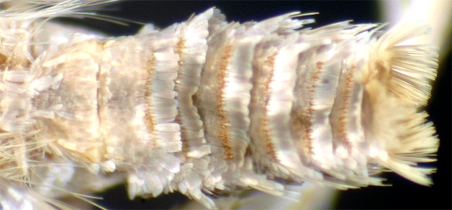
Hodges (1999) assigned Blastobasidae as a subfamily (Blastobasinae) of Coleophoridae. Descriptive taxonomic monographs of the Pigritia lineage, and of the remaining Blastobasinae, were published by Dietz (1900) and Dietz (1910), respectively. These works present written descriptions of each species and limited numbers of illustrations of forewing coloration, wing venation, and structure of the labial palpi. Although Dietz's generic and specific classifications of blastobasines no longer are followed, his revisions are still useful for identification purposes, with the stipulation, often rightly invoked in discussion of Nearctic microlepidoptera, that there probably are a number of species that, because they have not yet been named and described, will not key out in Dietz's papers. More recently, Adamski and Brown (1989), whose treatment is followed here, provided a generic analysis of Blastobasinae using morphological characters, including structure of the genitalia. Adamski and Hodges (1996) published an annotated list of Nearctic Blastobasinae, in which the generic assignments and/or taxonomic rankings of quite a number of species were updated relative to the Adamski and Brown (1989) paper. Publications on description or discovery of species new to North America since the 1996 list can be viewed here.
Six of the seven North American genera occur in Illinois. This group is well represented in North America, with 69 described (and possibly a considerable number of undescribed) species, but life histories are known for only a very few. Larvae of some species are known or suspected to be "scavengers" or to feed on roots of composites (Asteraceae); others are known to feed internally on seeds of pines, Pinus spp. (Pinaceae) or on acorns of oaks, Quercus spp. (Fagaceae). A substantial contribution to our knowledge of Nearctic microlepidoptera could be made by working out life histories of a good representation of Blastobasinae species.
Blastobasine forewing coloration most commonly involves shades of gray and/or brown, overlaid with paler scaling, and frequently showing either a contrastingly pale band at about one third of the wing length from the base, or an abrupt color change from paler to darker in the same position, depending upon species (this particular combination of coloration and pattern is reminiscent, analogously, of that of many species of phycitine Pyralidae). Color pattern in Blastobasinae is not diagnostic; as can be observed in the illustrations below, a similar pattern can be seen in more than one genus.
Specimens of adult Blastobasinae are recognized most easily by their having a transverse row of small spines at the posterior margin of each segment on the dorsum of the abdomen (Fig.1).

Figure 1. Abdomen of Blastobasinae, dorsal aspect, showing the characteristic transverse rows of small spinelike structures at the posterior margin of each segment, a distinctive character of the group.
Males of Asaphocrita, Holcocera, and Blastobasis have a distinctive "notch" on the first antennal flagellomere (Fig. 2).

Figure 2. Antennae of Blastobasinae belonging to genera in which the basal flagellomere of the male moth forms a characteristic "notch"; Blastobasis sp. (left panel), Holcocera sp. (right panel).
Beyond the characters of labial palpi (for Pigritia, see below) and antennal morphology (given above), there are reliable characters of wing venation and genital morphology that can be used to determine blastobasine adults to genus (see Adamski and Brown 1989).
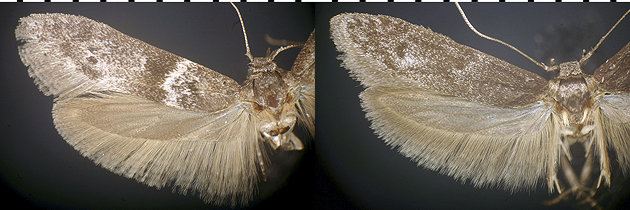
Figure 3. Asaphocrita spp. Adults, collected at light.
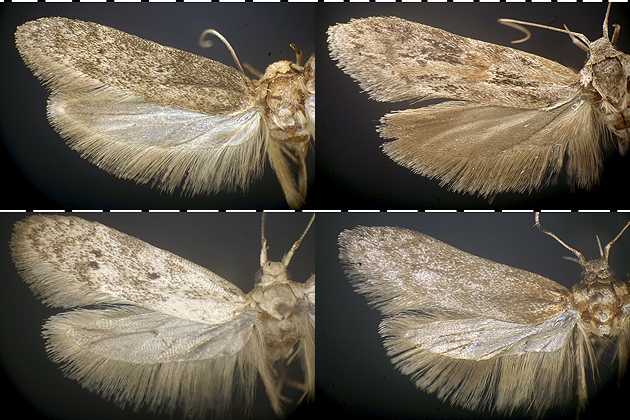
Figure 4. Holcocera spp. Adults, collected at light.

Figure 5. Blastobasis spp. Adults, collected at light.
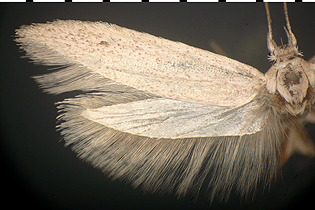
Figure 6. Calosima sp. Adult, collected at light.
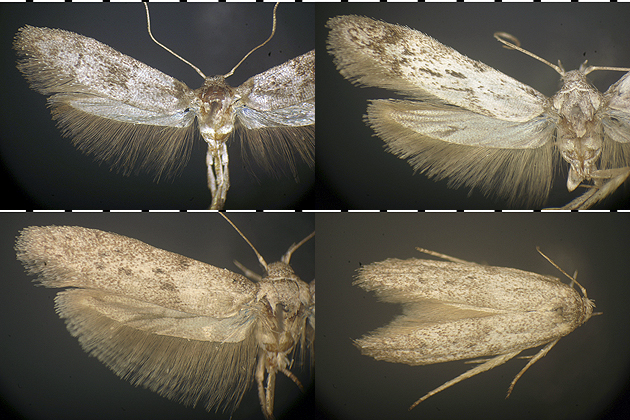
Figure 7. Hypatopa spp. Adults, collected at light.
Among genera occurring in Illinois, Pigritia can be recognized by its markedly reduced labial palpi (Fig. 8).
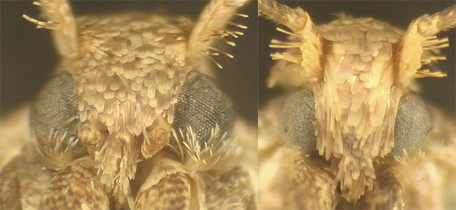
Figure 8. Heads of Pigritia spp., ventral aspect, showing reduction of the labial palpi, from vestigial (left panel) to indiscernible (right panel). As noted by Dietz (1900), some species display sexual dimorphism in which the labial palpi of the male moth are more reduced in size than are those of the female.

Figure 9. Pigritia spp. Adults, collected at light.